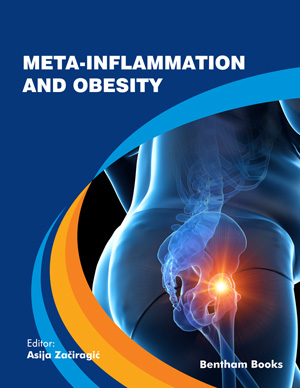Abstract
The balance of energy intake and expenditure in the body is maintained by the complex physiological mechanisms that integrate neuronal activity in various central nervous system structures with signals coming from the gastrointestinal system, adipose tissue, endocrine glands, and the autonomic nervous system. The arcuate nucleus (ARC) in the ventral hypothalamus is considered to be the most important integrational centre in the hypothalamus. Very porous hematoencephalic barrier around arcuate nuclei allows numerous hormones, nutrients and cytokines from the periphery to reach the nuclei and inform ARC of the amount of food consumed and energy stored during the preceding hours, weeks, months and years. Information about short-term fluctuations in the amount of food consumed is carried by hormones released from the gastrointestinal tract (ghrelin, cholecystokinin, peptide YY, glucagon-like peptide) and pancreas (insulin, amylin, pancreatic polypeptide), while information about the amount of food consumed and energy stored during the preceding weeks or months is carried by hormones released from adipose tissue (leptin and adiponectin). ARC, when informed, secrete anorexigenic (alpha-melanocyte stimulating hormone) or orexigenic neurotransmitters (neuropeptide Y, agouti-related protein, melanin-concentrating hormone), which modulate the activity of second order hypothalamic nuclei such as the paraventricular, ventromedial and dorsomedial nuclei, as well as the lateral hypothalamus and thereby control eating behaviour and energy expenditure. In this chapter, the interaction of peripheral hormones with anorexigenic/orexigenic neurons and its effects on food intake are discussed.
Keywords: Adipokines, Anorexogenic, Arcuate nucleus, Gastrointestinal hormones, Neuropeptides, Orexigenic, Pancreatic hormones.






















